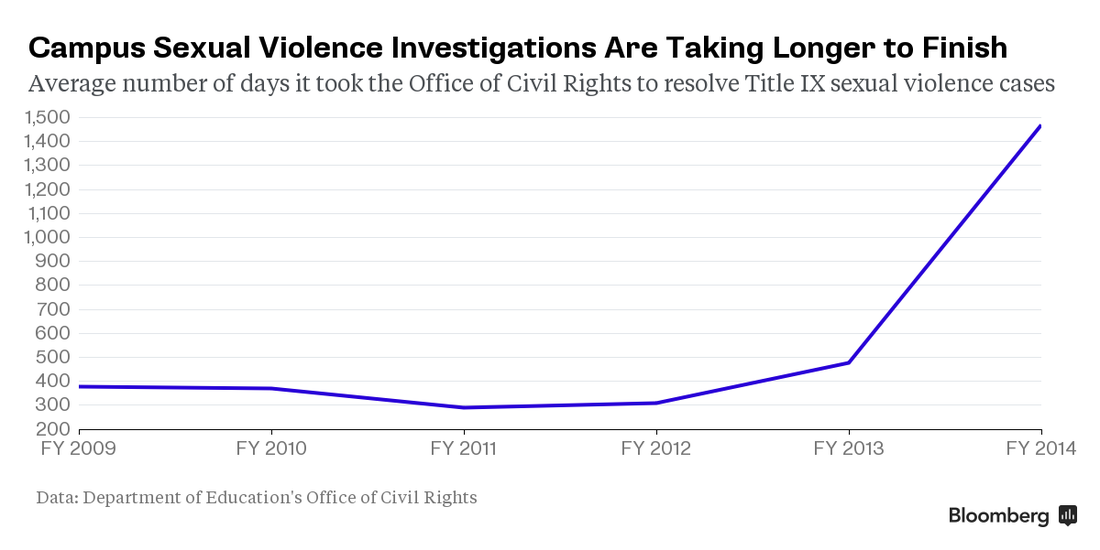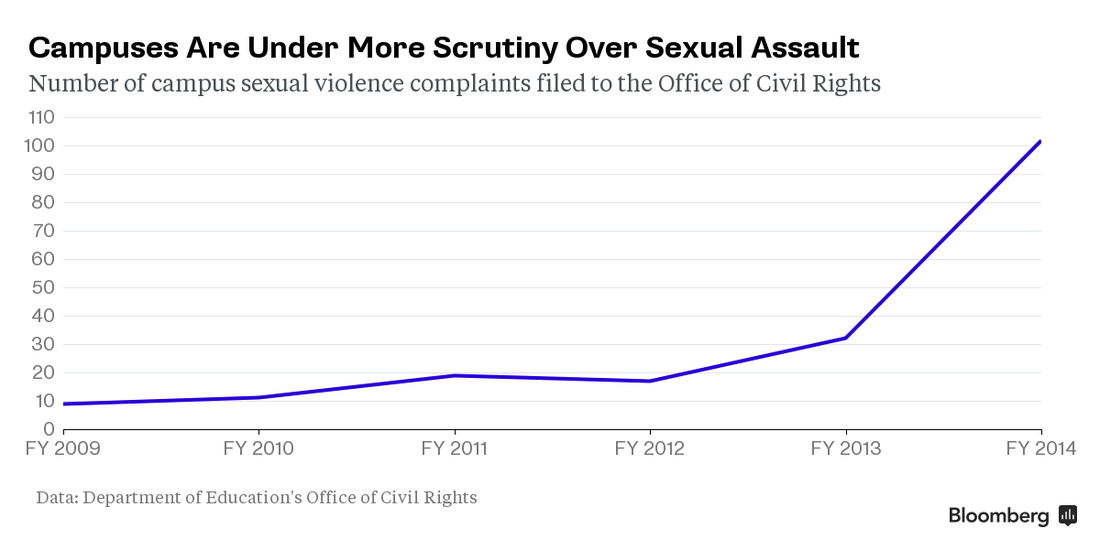Sexual Assault on College Campuses

By Rasna Ekra
About 27% females have accepted that they had experienced some type of sexual assault on their college campus. Most abuses are not reported because the victims felt ashamed or they thought they would not be taken seriously. Read this New York Times article for more on unwanted sexual contact
- 1 in 4 women on college campuses in the United States has been sexually assaulted according to recent statistics. This data has increased from 1 out of 4 to 1 out of 5 in past few years.
- More than 90% of sexual assault victims on college campuses do not report the assault
- Transgender students and others who do not identify as either male or female had higher rates of assault than women. Experts said this was the first large-scale study they knew of to measure the extent of the problem for transgender students.
- Last year, President Obama convened the first White House task force on college sexual assault, part of a growing demand for colleges to acknowledge, measure and address the problem. That task force, like members of Congress and victim advocates, called on colleges to conduct rigorous “campus climate” surveys, including detailed information on the frequency of assault and harassment.
- Senator Kirsten Gillibrand, Democrat of New York, praised the study but expressed impatience that Congress had not acted to force colleges to improve their handling of sexual assault. “How many surveys will it take before we act with the urgency these crimes demand?” she asked.
What is Title IX?
Title IX is a comprehensive federal law that prohibits discrimination on the basis of sex in any federally funded education program or activity.
What does Title IX says about Sexual Assault?
Your school must have an established procedure for handling complaints of sex discrimination, sexual harassment or sexual violence. Every school must have a Title IX Coordinator who manages complaints. The Coordinator’s contact information should be publicly accessible on the school’s website. If you decide to file a complaint, your school must promptly investigate it regardless of whether you report to the police (though a police investigation may very briefly delay the school’s investigation if law enforcement is gathering evidence). A school may not wait for the conclusion of a criminal proceeding and should conclude its own investigation within a semester’s time (the 2011 Office for Civil Rights Title IX guidance proposes 60 days as an appropriate time-frame). The school should use a “preponderance of the evidence” standard to determine the outcome of a complaint, meaning discipline should result if it is more likely than not that discrimination, harassment and/or violence occurred. The final decision should be provided to you and the accused in writing. Both of you have the right to appeal the decision.
Your school must take immediate action to ensure a victim can continue their education free of ongoing sex discrimination, sexual harassment or sexual violence. Along with issuing a no contact directive to the accused, a schools must ensure that any reasonable changes to your housing, class or sports schedule, campus job, or extracurricular activity and clubs are made to ensure you can continue your education free from ongoing sex discrimination, sexual harassment or sexual violence. These arrangements can occur before a formal complaint, investigation, hearing, or final decision is made regarding your complaint. It also can continue after the entire process since you have a right to an education free of sex-based discrimination, harassment or violence. Additionally, these accommodations should not overburden complainant-victims or limit your educational opportunities; instead, schools can require the accused to likewise change some school activities or classes to ensure there is not ongoing hostile educational environment.
Office of Civil Rights Investigation
The Department's Office of Civil Rights says it tries to resolve complaints that schools violated Title IX, the federal law that bans educational discrimination on the basis of gender, within 180 days. In 2014, however, the OCR took an average of 1,469 days, the length of a typical undergraduate career, to resolve sexual violence investigations. The number of campus sexual violence complaints the OCR received grew by more than 1,000 percent in five years.
More than 100 schools are on an ever-growing list of institutions under investigation for failing to meet Title IX standards for sexual assault investigations. Because of the investigations, schools on the list are stuck with the stigma of a government investigation, unable to be cleared or implement recommendations for improvement in a timely way. The delays also make individual cases harder to investigate, as memories of alleged incidents fade and students implicated in cases graduate and move away.

